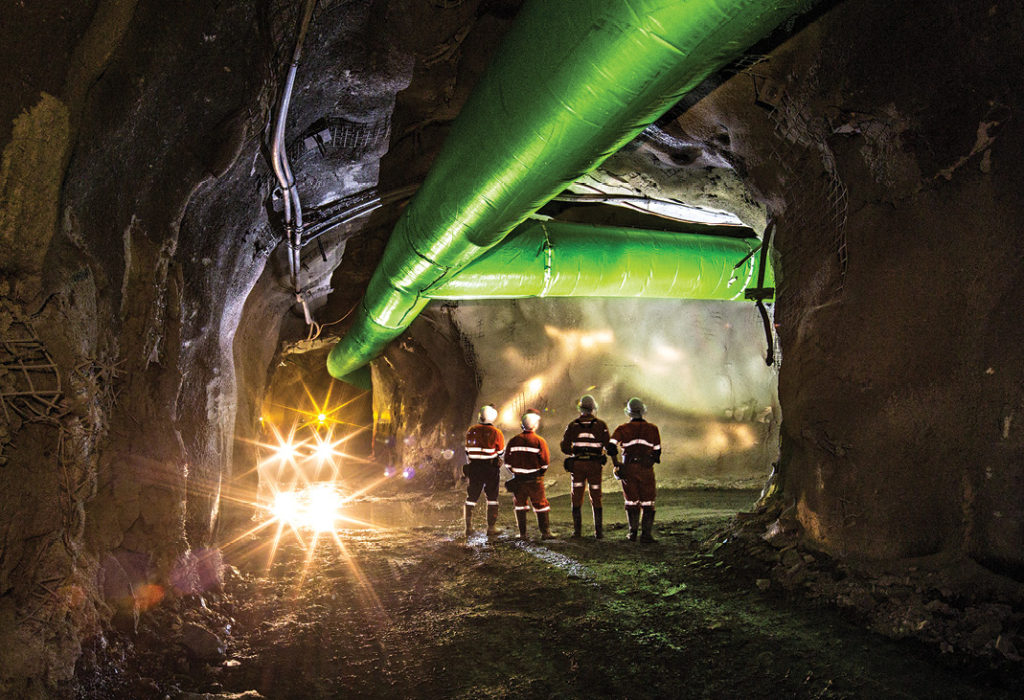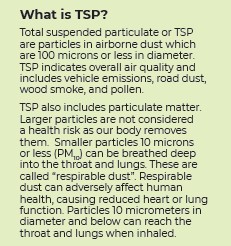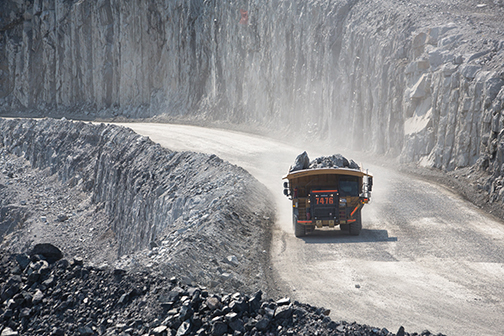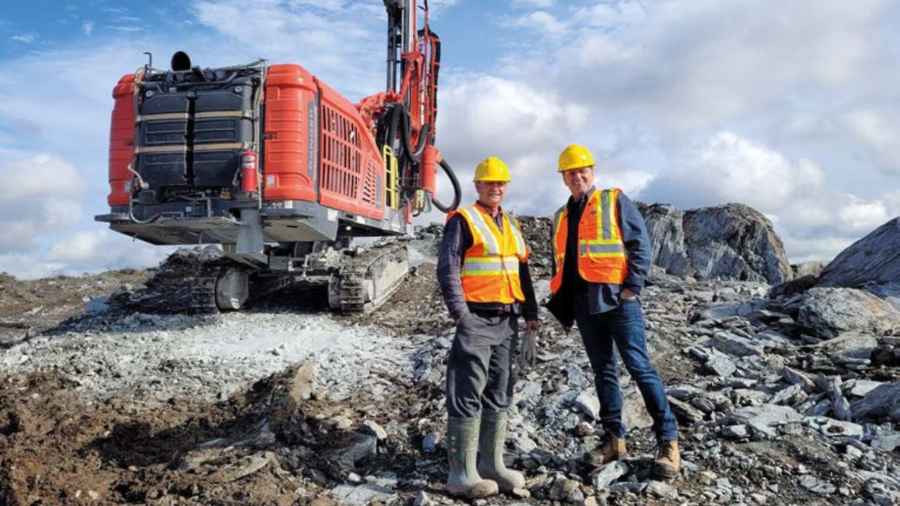A guide to air pollution monitoring in mining

One of the biggest issues in mining is air pollution from both underground and above ground operations. During the mining process, numerous harmful aerosols are generated, such as quartz, silica, arsenic, diesel, and particulate matter. Permissible exposure limits, which determine how much aerosol can be inhaled without adverse health effects, have been established. Aerosol size is the most important characteristic for health risk classification, as size determines where the particle is deposited in the lungs. Luckily, there are several technologies and automated systems that continuously monitor and provide real-time air quality data, so any issues can be immediately remedied.

Giant mine monitoring system
One large air quality monitoring program in Yellowknife at Giant mine provides information that protects miners, residents, and the environment. Giant mine is a former gold mine that stopped operating in 2004. The site is currently running a sitewide remediation programme removing arsenic trioxide caused by previous mining and asbestos materials in site buildings.

Continuous particulate matter monitors are installed on the perimeter of the mine site to evaluate dust levels and composition. A second network, the activity-specific network, installs monitors at specific on-site work areas.
These stations measure airborne contaminants including arsenic, trioxide dust, asbestos, antimony, iron, lead, and nickel. They also measure airborne dust, including total suspended particulate (TSP), particulate matter 10 (PM10), and particulate matter 2.5 (PM2.5).
Real-time monitoring data is provided to construction managers so that workers and residents are not exposed to unacceptable levels of contaminants and effective emission control measures can be implemented. If any air monitor detects an unusual spike in airborne dust levels, an alarm goes off, alerting site workers.
When levels exceed Health Canada guidelines, which are 159 µg/m3 for PM10 or 333 µg/m3 for TPS over a 15-minute period, workers may water the affected area to reduce dust, shut the site down, or implement an emergency response plan.
How can miners improve air quality?
Mine operators strive daily to keep their employees safe and complying with health regulations. Continuously monitoring the aerosols and dust emitting from mines ensures compliance with Health Canada guidelines and keeps workers and local residents safe.
Instruments which monitor air quality can be installed both underground and above ground around the site perimeter, ensuring there are no dangerous levels of particulate matter within the mine or outside.
Ventilation in a mine provides adequate airflow, diluting contaminants and ensuring air quality is safe to breathe. An automated system monitors the airflow throughout the mine and provides real-time data. Signals from sensors like the flow meter or gas meter are analog and must be converted into a digital signal and sent to a server so that the information can be accessed. Sensor data is communicated with fans, louvers, and other ventilation components. Using the data, the system’s fans and louvers can be
adjusted to change the air flow. Approximately 50% of energy consumed by mining operations is used by ventilation systems. An automated mine ventilation system ensures a safe and cost-efficient way of controlling the supply of fresh air underground. Optimizing the ventilation system lowers workers exposure to noxious gases and reduces their risk of injury. Monitoring gas concentrations is also vital for workers safety.
Pressure is another important parameter to monitor. Air naturally flows from an area of high pressure to an area of low pressure. Actively monitoring pressure throughout the ventilation automation system provides feedback on the air flow.
Air monitoring technology
Products include airflow monitors, toxic gas detectors, temperature, pressure and humidity level sensors, and complete mine air quality stations (MAQS).
Advanced technology which measures particulates including aerosols and dust within a designated area includes gravimetric sampling, light scattering, beta attenuation, and TEOM (tapered element oscillating microbalance).
Mining sensors offer a complete picture of the mining site and surrounding environment and can be placed above and below ground.
Real-time, accurate coal mine dust measurements are critical for providing data to the miner to minimize their exposure to coal dust. Personal dust monitors help ensure the respirable dust exposure does not exceed regulatory limits, which helps prevent black lung disease and other lung diseases. Dust monitors utilize highly sensitive light-scattering photometer (nephelometer) technology and provide continuous measurements of airborne particle concentrations. Portable, remote, and handheld air particle counters are designed for routine environmental monitoring, and air filtration troubleshooting.
Automated air quality monitoring systems can measure air quality, low and high levels of criteria pollutants, as well as other gases and toxins, and helps ensure ambient air quality complies with local environmental regulations. The MAQS Mine air quality station is an affordable underground mine ventilation monitoring station. MAQS monitors working environments, integrates and communicates with remote devices, and automates the ventilation process. Its instrumentation functions with existing software and communication infrastructure.
Several instrumentation and communication platforms are available for hosting SCADA (supervisory control and data acquisition) energy management systems (EMS), ventilation vimulation or ventilation on demand (VOD) software.
Catherine Hercus is a freelance technical writer.





Comments
Fernando Flores
Going from monitoring to predicting air quality is one of the biggest challenges, fortunately, AI with several methods may provide the needed support on this topic.